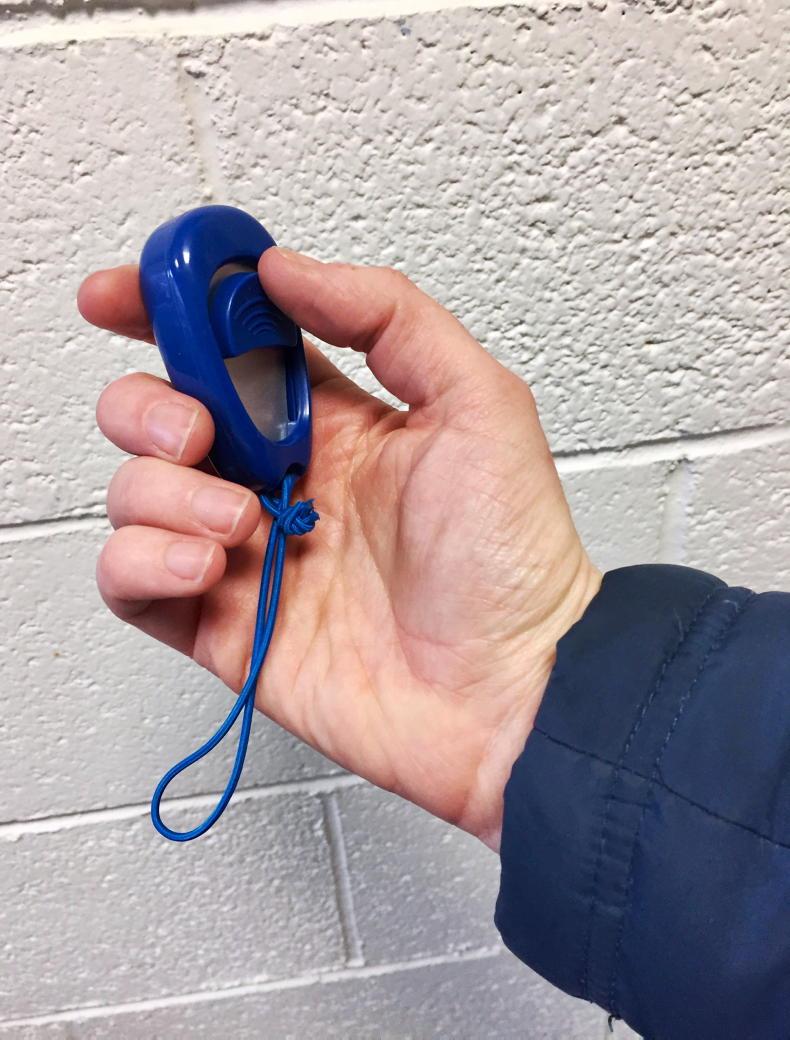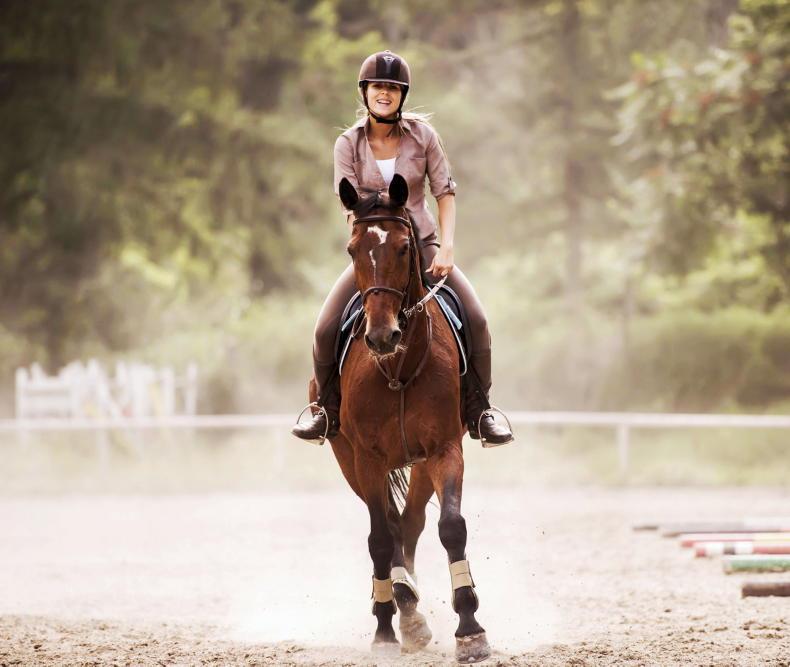EQUINE vets from Ireland to Romania, from Finland to Portugal, gathered in Amsterdam recently for the learnings. One session I attended focused on equine behaviour and what we can learn from close observation, good interpretation and using lessons learnt when we treat horses.
Speakers included experts in pain/distress and how horses express their quality of life in ways that we can identify. As with ourselves, their pain can be broadly put in two (somewhat overlapping) boxes: physical and emotional. Horses’ facial expressions and body language can tell us how they are feeling, physically and emotionally – both the positive (contented, relaxed etc.) as well as the negative (hurting, fearful etc.). And donkeys really do differ! They typically mask their true emotions, particularly in stressful situations when weakness might be a signal taken advantage of by a predator.
Positive light
Vets can administer treatments in ways that encourage horses to view our interactions in a positive light. Using an understanding of equine behaviour to train horses helps owners, vets and our colleagues coming after. Vets can work with owners to help prepare for particularly difficult procedures by setting up for success. It really is true that ‘you get the behaviour you re-enforce’ and some of us unwittingly select for behaviours we don’t desire in our patients – rearing, barging etc. when faced with a needle-wielder.
Key principles:
Positive re-enforcement – rewarding with praise, feed, a scratch – is always to be preferred over punishment. Horses are not wired to ‘understand’ why they have done ‘wrong’.Training methods that attempt to ‘dominate’ the horse and encourage ‘submission’ are outmoded and outdated – avoid!Punishment is especially counter-productive if there is any time gap (and another action) between their action and your response. If you whack, kick and yell as you furiously have another go at something, he links your behaviour with the second attempt not the first failure! The time gap to the reward must be a matter of a second or so – the horse then properly associates his action with yours. So IMMEDIATELY he performs the desired behaviour (standing still, lifting a limb, opening his eye etc.) offer the reward – some horse nuts, a withers scratch etc.Horses do not consider a pat/slap/pummelling to be a reward – when did you last see two horses in a field pat each other!?Negative re-enforcement is the mainstay of equine training, but despite the word ‘negative’ don’t confuse this with punishment. When properly used, it’s about applying something mildly uncomfortable (such as pressure) and removing it AS SOON AS the horse responds as you wish.Again, timing and the lack of a time-gap are critical to the horse properly associating the two events. Immediately the horse’s balance moves over, or he tentatively steps forward or weight looks to comes off a hoof, STOP pushing, pulling or lifting respectively.Ideally give a reward at the same time as removing the stimulus – positive re-enforces the message and leads to a horse more willing to do as you ask.Continuing to apply the negative stimulus (pressure etc.) after he responds has the opposite to your intended effect – it habituates the horse to the stimulus!A clicker (device or voice-generated ‘click’) can be used alongside a reward and/or removal of a stimulus, and in due course used as a substitute.When an unwanted behaviour is deeply ingrained and/or complex, it is essential to break the training down into steps, taken in sequence and over several training sessions – this is called ‘shaping’.It is for us to take the time to observe, to learn to interpret what we see, and then to put the findings to good practical use.


 This is a subscriber-only article
This is a subscriber-only article
 It looks like you're browsing in private mode
It looks like you're browsing in private mode










SHARING OPTIONS: